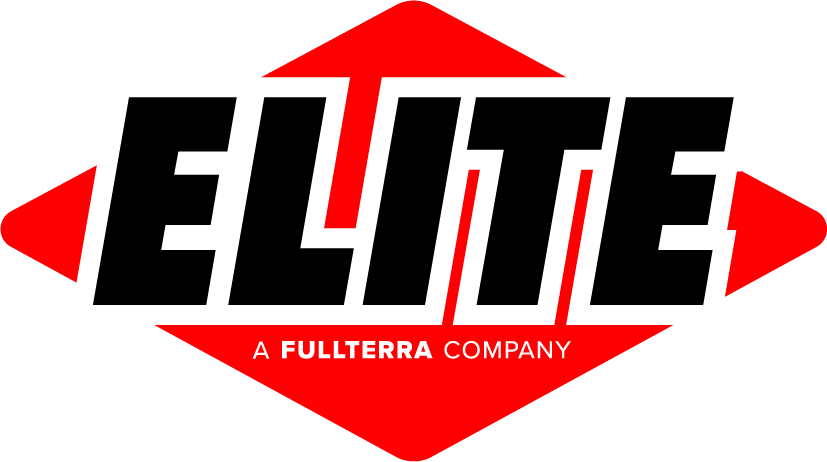Radon may not be on your radar when thinking about health risks, but this naturally occurring radioactive gas is a significant concern, particularly regarding lung cancer. Often overlooked, radon is present in many homes and buildings, silently increasing cancer risk with prolonged exposure. In this article, we will explore the sources of radon, the health effects associated with its exposure, methods for detecting it, and steps for mitigation.
What is Radon?
Radon is a colorless, odorless, and tasteless radioactive gas, making it undetectable without proper testing. It originates from the natural decay of uranium found in soil, rock, and water. Though common in specific geological areas, radon can be found anywhere. It frequently infiltrates homes through cracks in foundations, floors, and even through water supplies, posing health risks to unsuspecting residents.
Health Risks of Radon Exposure
The primary health risk from radon exposure is lung cancer, named by the U.S. Environmental Protection Agency (EPA) as the second leading cause of lung cancer in the country. Radon decay products are harmful to lung tissue due to the radiation their decay releases. The severity of risk depends on exposure duration, radon concentration levels, and smoking status, the latter amplifying radon’s effects.
Though lung cancer is the main concern, there is limited evidence suggesting radon exposure might contribute to other cancers or respiratory issues. With approximately 21,000 annual radon-related lung cancer deaths in the U.S., it remains a pressing public health issue. Vulnerable populations include children, smokers, and those with extended exposure periods, emphasizing the need for public awareness.
How Radon Enters Homes and Buildings
Radon infiltrates living spaces through several pathways:
– Cracks and gaps: Found in floors, walls, and around pipes, and through sump pumps.
–Building design and ventilation: Influence how radon accumulates indoors.
–Geographic variations: Areas with high uranium content in soil.
–Water sources: Radon can enter homes through well water, serving as a secondary exposure route.
The EPA provides radon zone maps to highlight regional risk variations, guiding homeowners and builders in taking preventive measures.
Detecting Radon in Your Property
Various testing methods can detect radon levels in your home or building:
–Short-term and long-term tests: Short-term tests provide quick results (2-90 days), while long-term tests (more than 90 days) offer a more accurate year-round average.
–Professional vs. DIY testing: While DIY kits are available, professional assessments ensure accuracy and reliability.
–Mitigation techniques: Solutions like improved ventilation and sub-slab depressurization systems effectively reduce radon levels.
The costs for testing and mitigation typically depend on property ownership laws, with landlords often responsible for expenses.
Mitigating Radon Exposure
Taking action against radon can greatly reduce health risks. Here’s what you can do:
–Improve ventilation: Sub-slab depressurization systems are highly effective.
–Seal entry points: Caulking cracks and gaps reduces radon infiltration.
–Treat water sources: Aeration or filtration can remove radon from well water.
–Hire professionals: Certified contractors offer reliable mitigation solutions.
–Regular maintenance: Ensures systems remain effective; important to retest post-mitigation.
Mitigation systems can cost around $3,200, but the final expense varies based on specific property needs. Utilize government resources like EPA guidelines or state radon programs for additional support.
Public Health and Policy Perspectives
Radon poses a significant public health challenge, with gaps in awareness and education needing to be addressed. Government regulations, such as building codes and real estate disclosure laws, guide efforts to mitigate this issue. International efforts exhibit varying radon policies, showcasing diverse approaches to controlling radon exposure and awareness. Successful campaigns and legislation can serve as models for furthering efforts.
Conclusion
Understanding and addressing radon exposure is critical for reducing its health risks, primarily regarding lung cancer. Testing for radon is straightforward, and mitigation can significantly decrease exposure levels. Take action by testing your home, consulting with professionals, and advocating for increased awareness. This proactive approach can safeguard health and enhance community well-being. Contact Elite Radon Team today to help with your radon needs!
